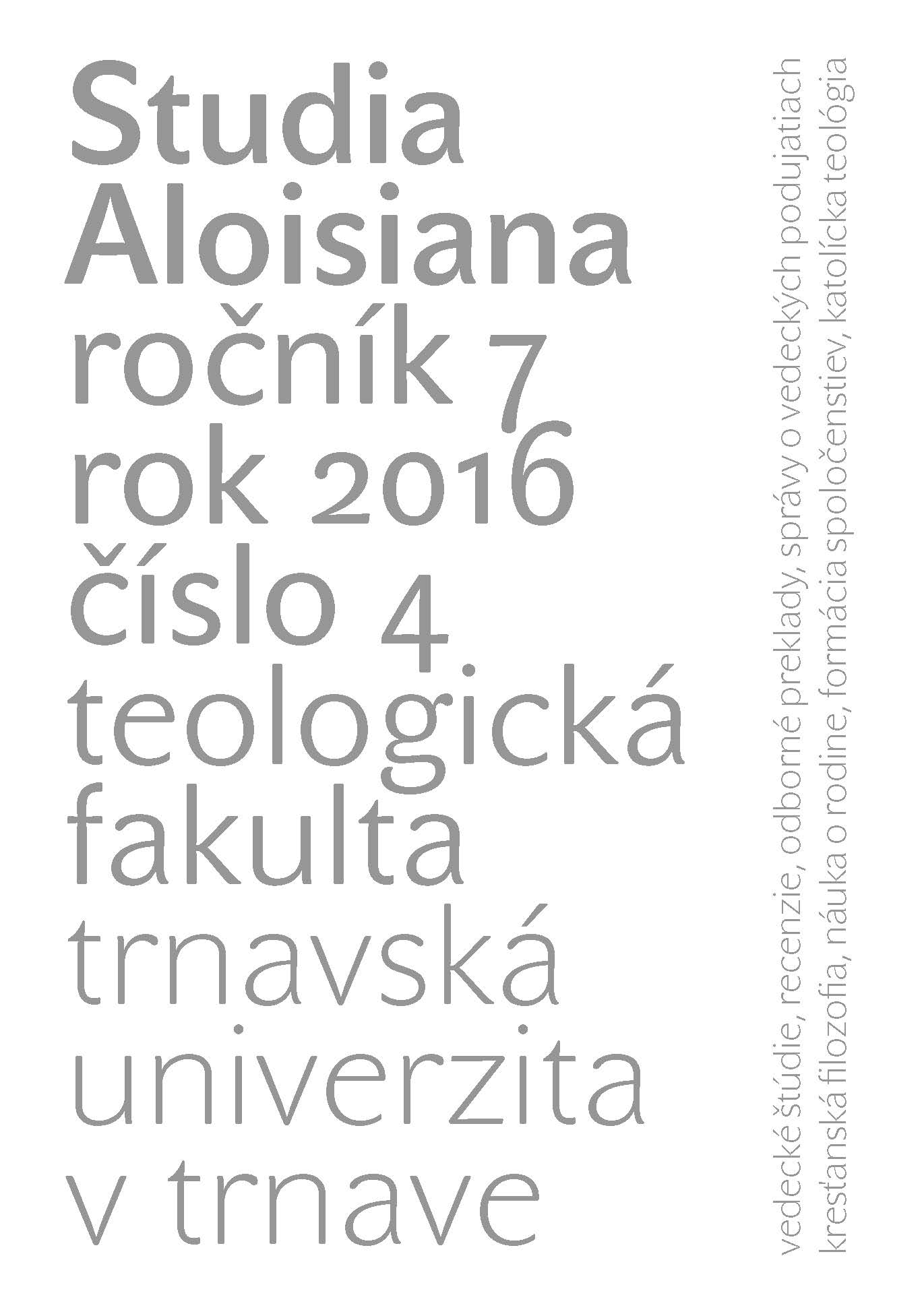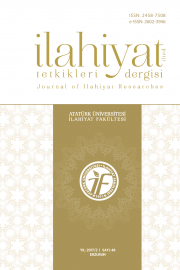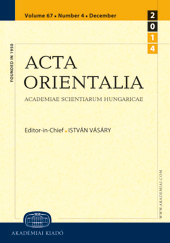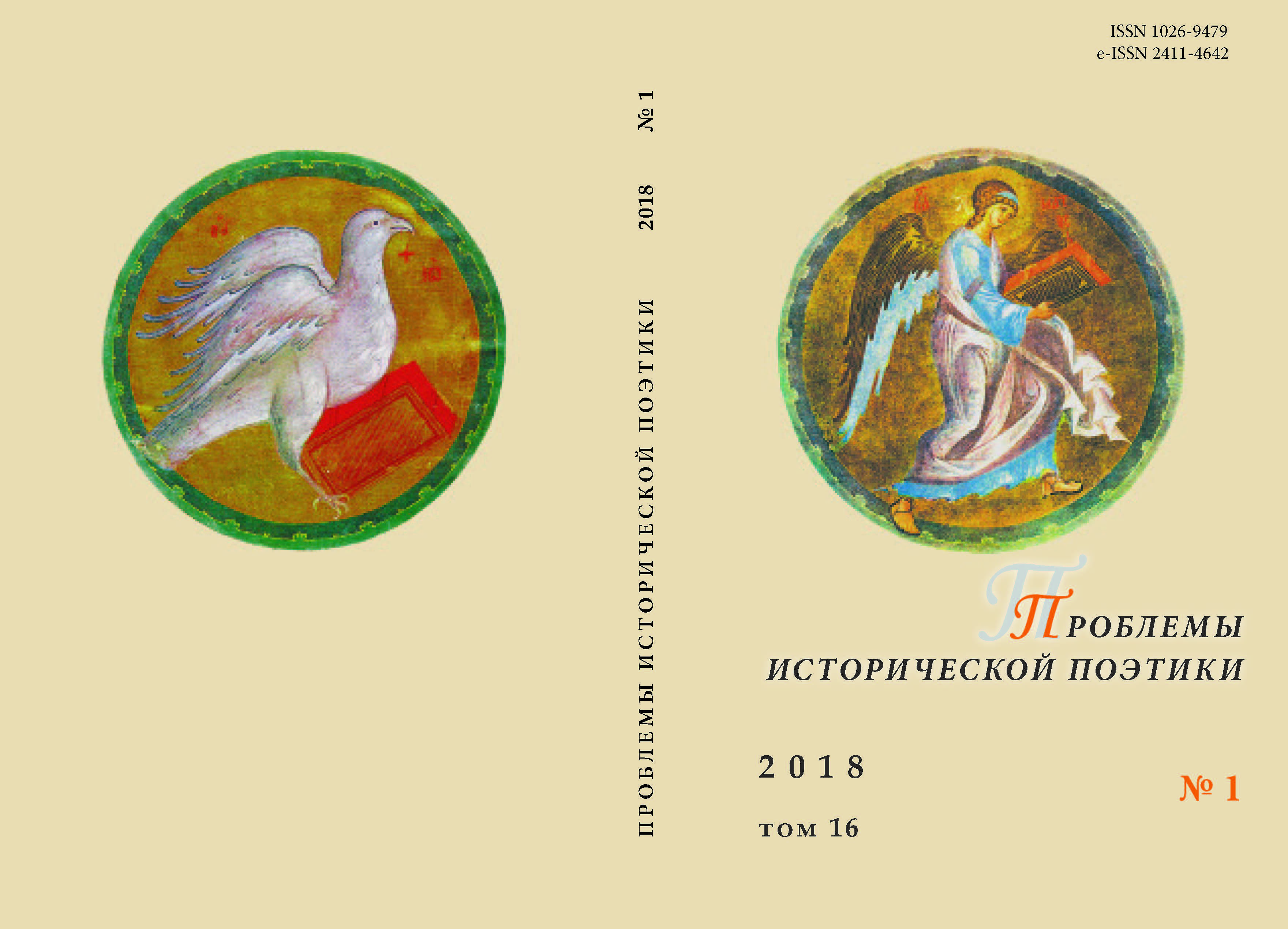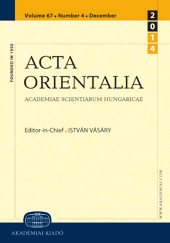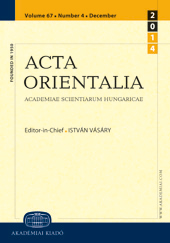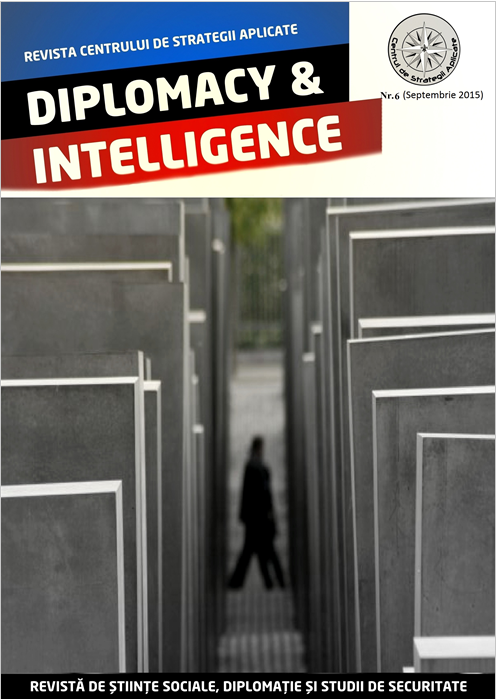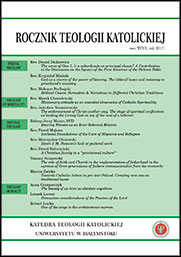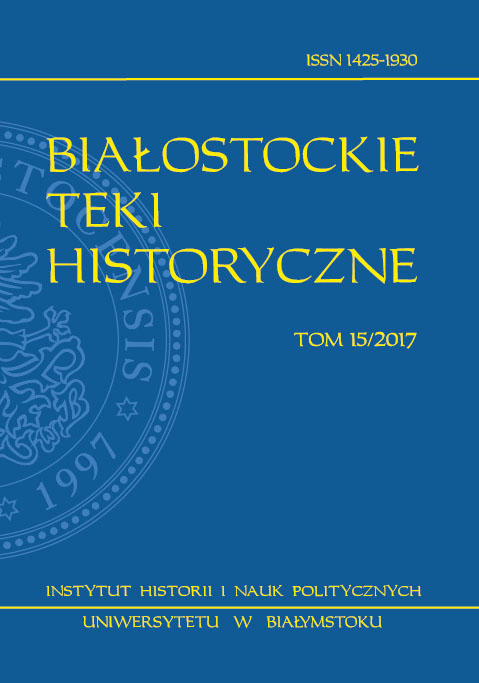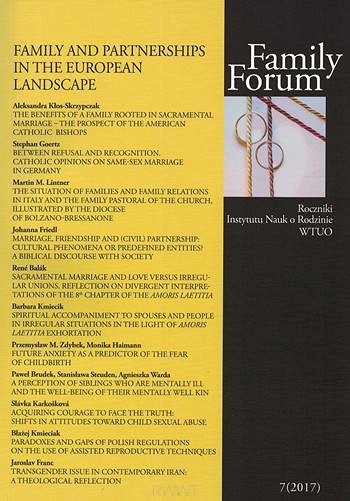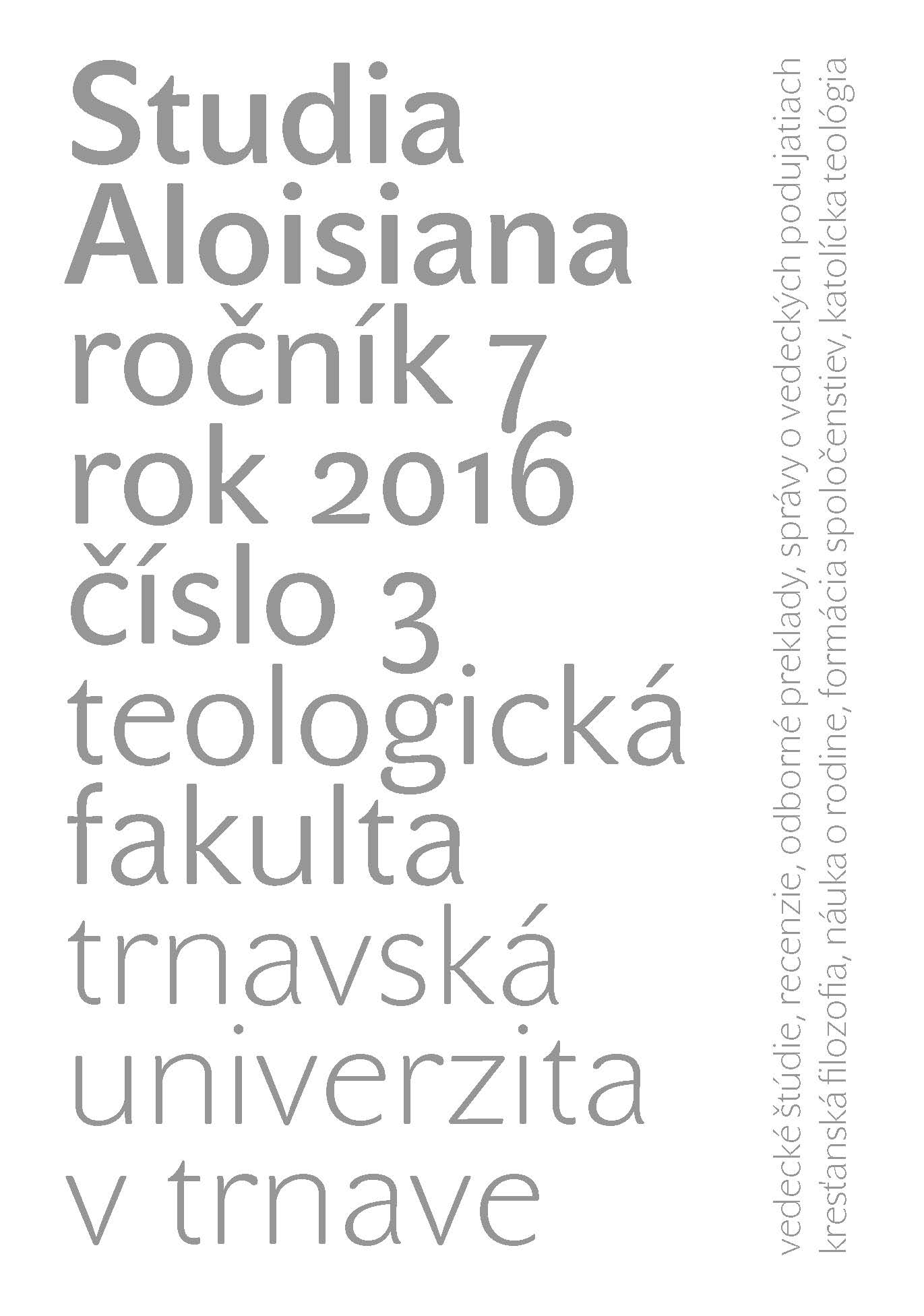
The Transhumanism of Nick Bostrom and the Ultra-Humanism of Pierre Teilhard de Chardin
Nick Bostrom, Swedish philosopher at Oxford University, director of the Future of Humanity Institute, thinks and works for the building of the posthuman being. He means to favorite human enhancement through the ethical application of science. The improvement of human condition and human organism would be accomplished by the advancement of technology, genetic engineering, information technology, molecular nanotechnology or artificial intelligence. Pierre Teilhard de Chardin curiously employs the word ultra-human in his writings. We ask ourselves if he uses this expression in the same way Bostrom does. Complexity and consciousness intensify through the way of life Evolution. With the human zoological group cosmos covers with a new envelope: the noosphere. Science, technic, industry, aesthetic and moral developed by men leads to a deep dependance between human beings. The human collective body, explains the Jesuit, will be the Matter that Christ will vivify and save. True human development only prepares the way to receive more than we are: a flame that would make us live for ever.
More...
